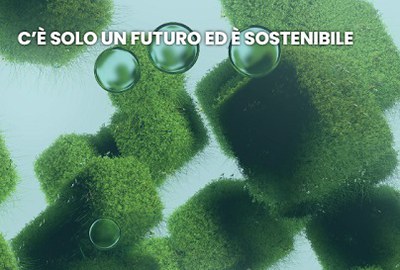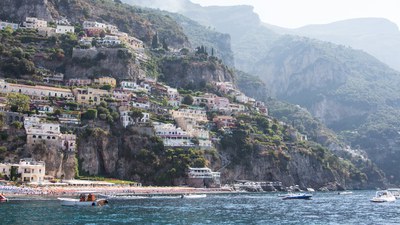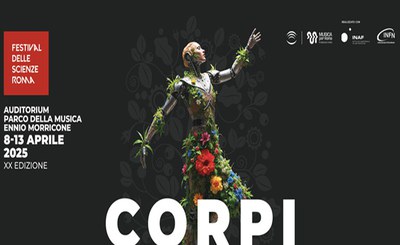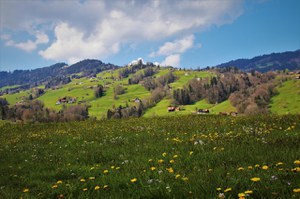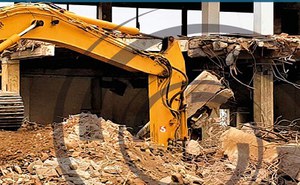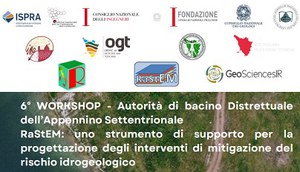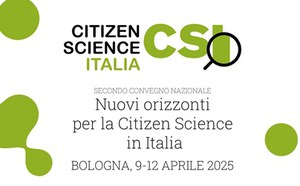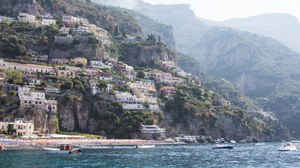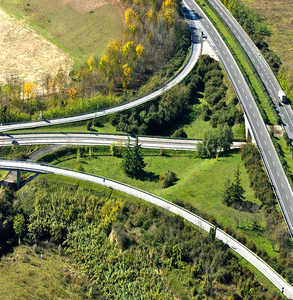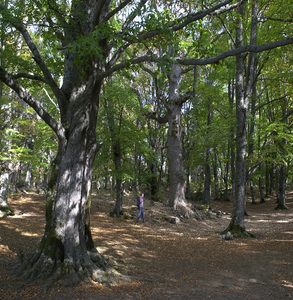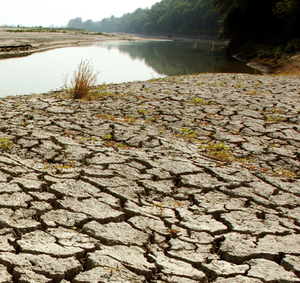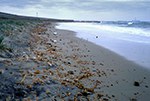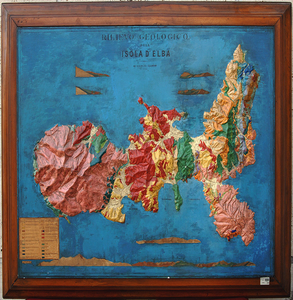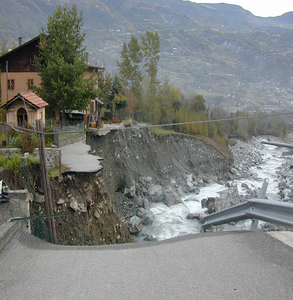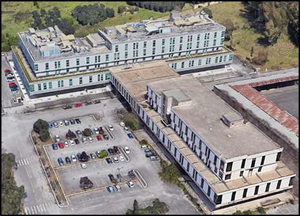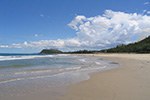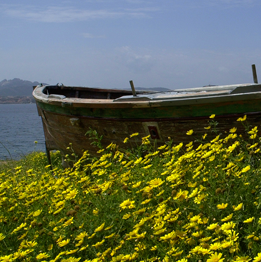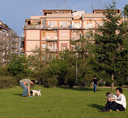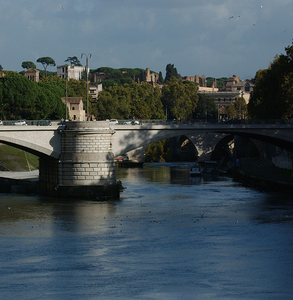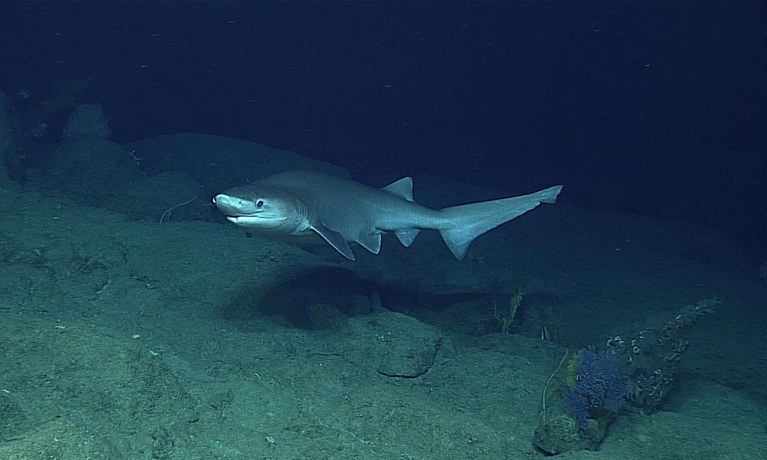
ISPRA’s ‘Nautilus’ among the submerged mountains of the Mediterranean: the robot explores the depths up to 2,000 meters
Apr 10, 2025The first oceanographic expedition of the PNRR MER project has been completed: new discoveries for the protection of biodiversity, geological research and seismic risk assessment
Like Jules Verne’s legendary Nautilus, capable of reaching the unknown depths of the ocean, ISPRA has conducted an unprecedented exploration of the submerged mountains of the Mediterranean. Thanks to a sophisticated ROV (Remotely Operated Vehicle) Work Class, a true ‘robotic vehicle’ capable of operating up to 2,000 metres deep, researchers have mapped ecosystems never studied before, revealing extraordinary scenarios and new species in the coral and sponge forests that populate the abyss. “The possibility of directly observing these ecosystems with high-definition cameras completely changes our perspective on life in the deep sea. The thrill of discovering intact habitats is comparable to that of the first explorers: we think we know what to expect but each dive, on the contrary, reserves unexpected surprises” explain the ISPRA researchers.
The expedition: two months of exploration in the Strait of Sicily
The first oceanographic campaign, part of the PNRR Marine Ecosystem Restoration (MER) project – Intervention A14 Seamounts, dedicated to the large-scale mapping of 79 underwater mountains located beyond 12 miles from the Italian coast at a depth of between 150 and 2000 meters, has thus been successfully concluded. On board an oceanographic vessel, the ISPRA team, ploughing through the Strait of Sicily, documented eleven banks (i.e. layers of various material) and underwater mountains, including Alfil-Linosa III, Avventura-Pantelleria-Talbot, Bannock, Bouri, Euridice, Madrepore, Pantelleria Centrale, Pinne and Urania, Cimotoe and Empedocle, most of which had never been explored and studied before, collecting crucial data for the conservation of biodiversity and the assessment of geological risks.

